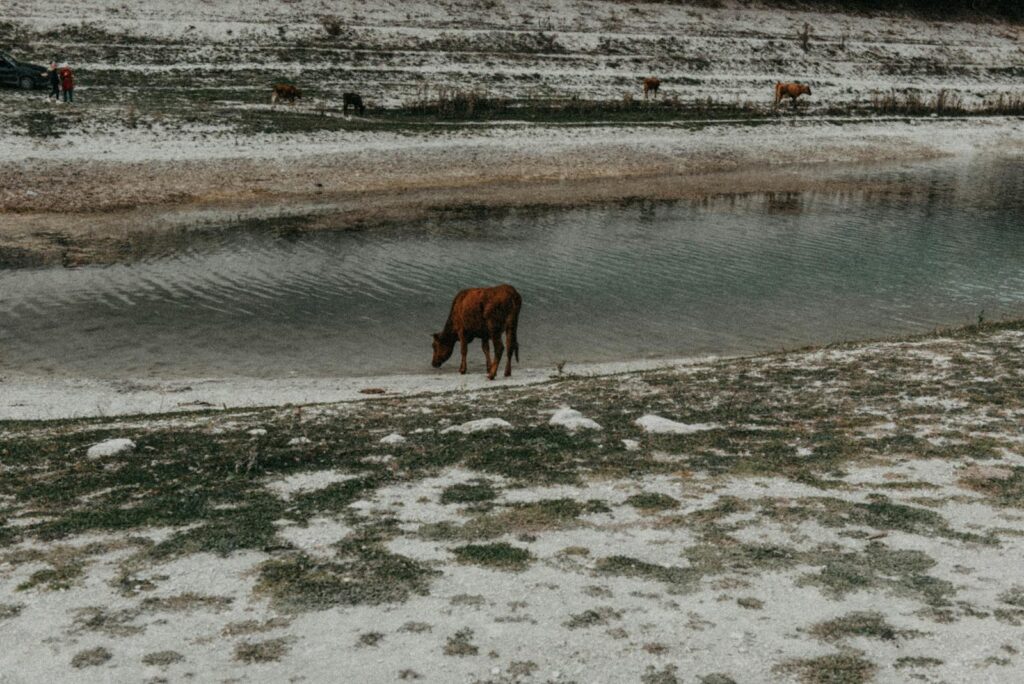Dehydration in horses represents a serious health concern that requires prompt attention from owners and caretakers. As large animals with specific hydration needs, horses depend on consistent access to clean water to maintain their bodily functions and overall health. When a horse becomes dehydrated, multiple organ systems can be affected, potentially leading to severe complications if left untreated. Recognizing the early warning signs of dehydration is crucial for any horse owner, as timely intervention can prevent a minor issue from developing into a serious medical emergency. This comprehensive guide will explore the various indicators of dehydration in horses, helping you understand when your equine companion might need additional support to restore proper hydration levels.
Understanding Normal Hydration Requirements
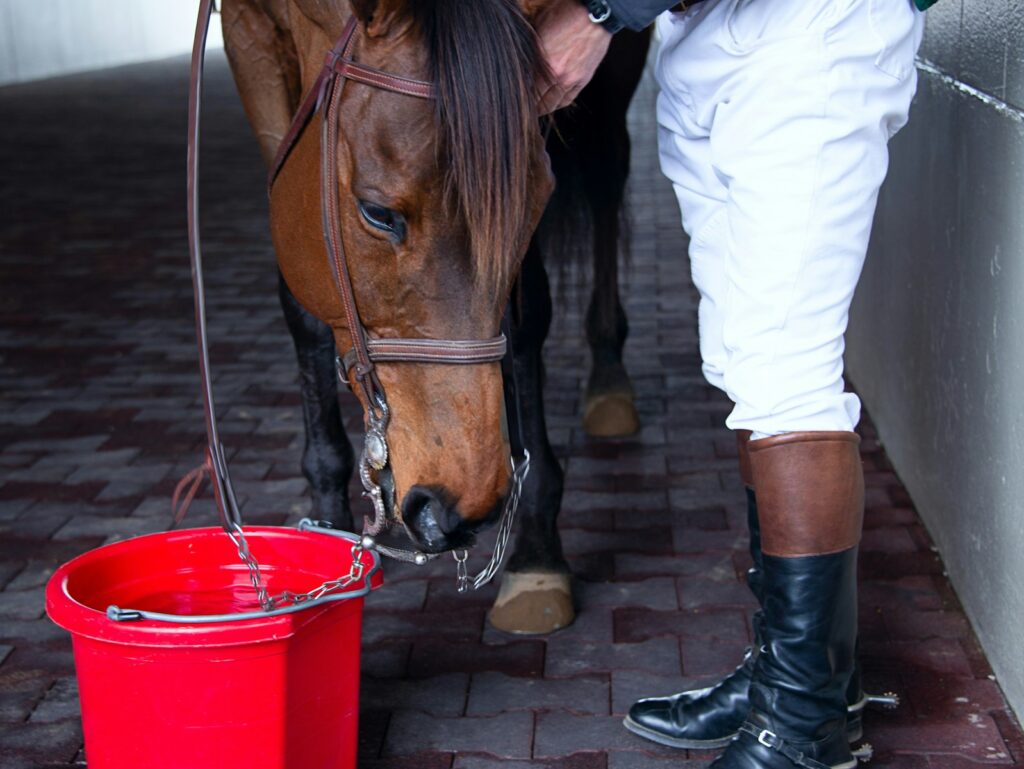
Horses require substantial amounts of water daily to maintain proper bodily functions, with the average 1,000-pound horse needing between 5 to 10 gallons under normal conditions. This requirement increases significantly during hot weather, intense exercise, or when consuming dry feeds like hay. Lactating mares have even higher water needs, sometimes requiring up to 15 gallons daily to support milk production. Understanding these baseline requirements provides context for monitoring your horse’s water intake and recognizing when consumption patterns change. Proper hydration supports critical functions including digestion, temperature regulation, and waste elimination, making adequate water consumption essential for equine health.
The Skin Pinch Test: A Primary Assessment Tool
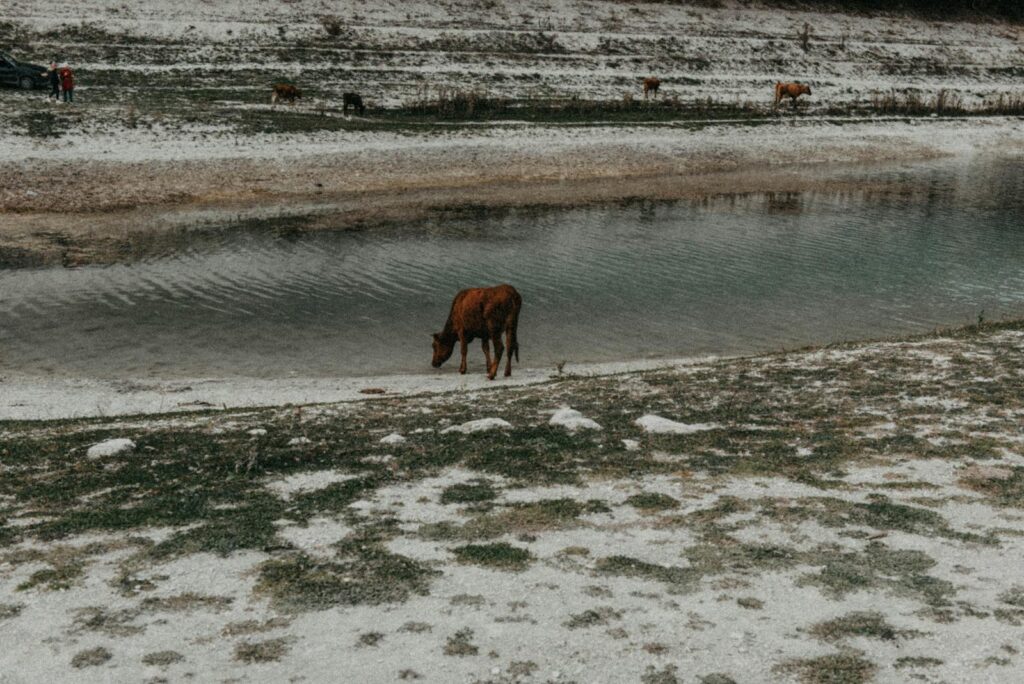
The skin pinch test, or skin tent test, remains one of the most reliable field methods for assessing hydration status in horses. To perform this test, gently pinch a fold of skin on the horse’s neck or shoulder and then release it, observing how quickly the skin returns to its normal position. In a well-hydrated horse, the skin should snap back immediately, while dehydrated horses will show delayed skin retraction. Severely dehydrated horses may have skin that remains tented for several seconds after release. This test works because dehydration reduces skin elasticity as fluid levels in subcutaneous tissues decrease. While simple to perform, the skin pinch test requires practice to interpret correctly, as factors like age and body condition can influence results.
Examining Mucous Membranes
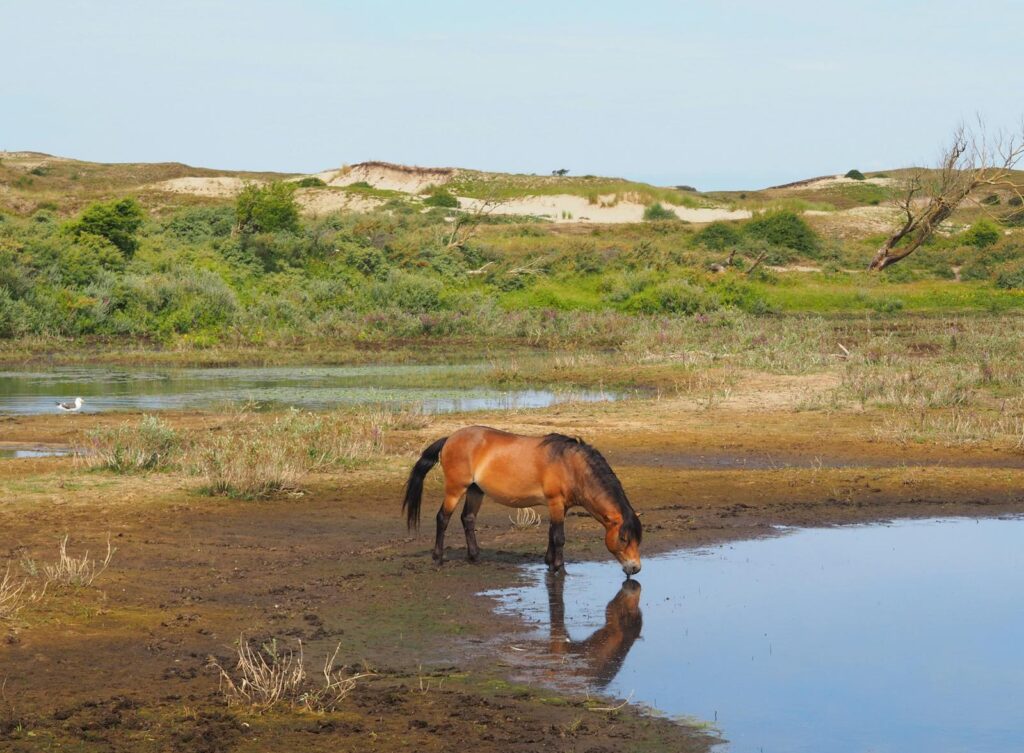
The condition of a horse’s mucous membranes provides valuable information about hydration status and overall circulatory health. In a well-hydrated horse, the gums should appear moist and pink, similar to healthy human gums. As dehydration progresses, these membranes become increasingly dry and tacky to the touch, with color often shifting to a deeper red or sometimes a pale, grayish tone in severe cases. To assess mucous membranes, gently lift your horse’s upper lip and observe both the color and moisture level of the gums. This examination should be performed in good lighting to accurately assess color changes, which can indicate not only hydration status but also potential circulation problems. Regular familiarization with your horse’s normal gum appearance will help you detect subtle changes that might signal developing dehydration.
Capillary Refill Time
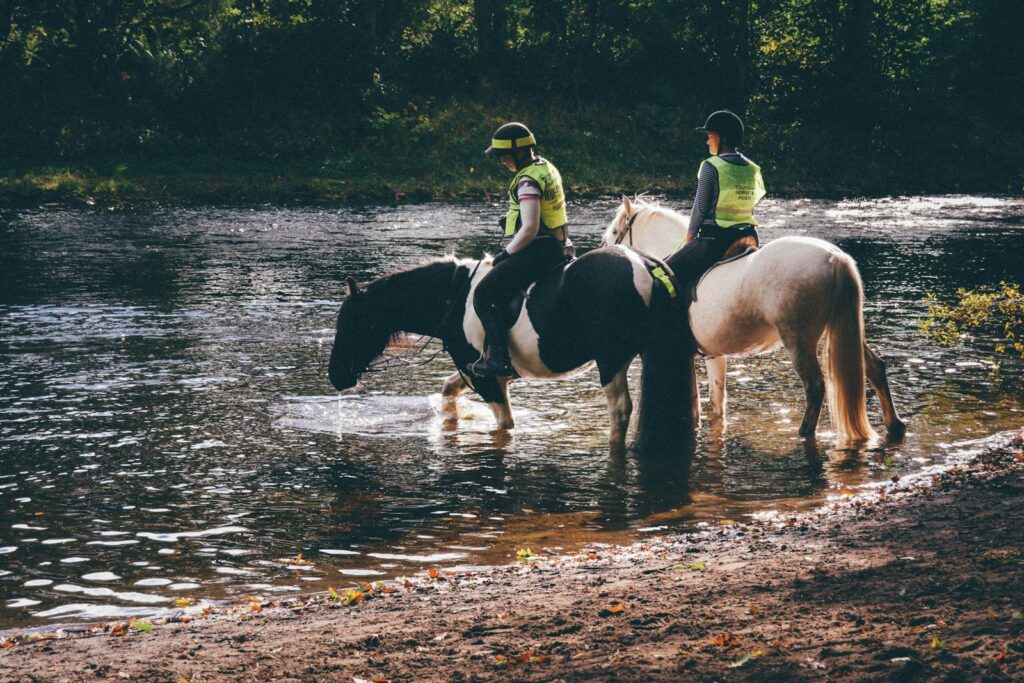
Capillary refill time (CRT) offers a simple yet effective method for assessing circulatory function, which becomes compromised during dehydration. To check CRT, press your thumb firmly against your horse’s gum for about two seconds, then release and count how long it takes for the blanched area to return to its normal pink color. In a healthy, well-hydrated horse, the color should return within 1-2 seconds. A delayed capillary refill time of 3 seconds or longer suggests reduced blood circulation, often resulting from dehydration as the body attempts to maintain blood pressure with decreased fluid volume. This test becomes particularly important during hot weather or following intense exercise when dehydration risk increases substantially. Regular assessment of your horse’s normal CRT provides a valuable baseline for detecting abnormal changes that might indicate developing health problems.
Changes in Fecal Consistency
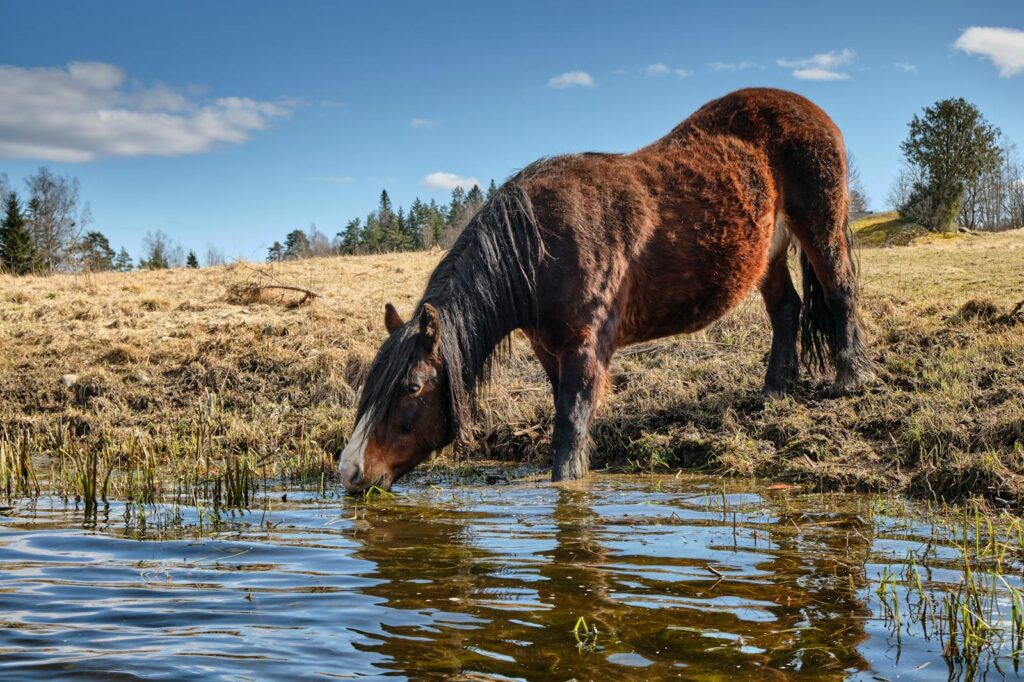
A horse’s manure can provide clear indications of hydration status, making regular observation of fecal consistency an important monitoring practice. Well-hydrated horses produce moist, well-formed manure balls that maintain their shape without being overly dry or crumbly. As dehydration progresses, fecal matter becomes noticeably drier, harder, and often smaller in size due to increased water absorption in the large intestine. Extremely dry, small fecal balls or infrequent defecation can signal significant dehydration and increased risk of impaction colic. These changes occur because the horse’s body conserves water by extracting more fluid from digestive contents when overall hydration is compromised. Monitoring changes in manure consistency is particularly important during hot weather, transportation, or when horses are under stress, as these conditions can accelerate dehydration.
Decreased Urination Patterns

Changes in urination frequency and urine appearance provide valuable clues about a horse’s hydration status. A well-hydrated horse typically urinates several times daily, producing pale yellow urine in substantial volumes. Dehydration causes noticeable decreases in urination frequency, with output becoming less voluminous and darker in color as the kidneys conserve water and concentrate waste products. Severely dehydrated horses may produce scant amounts of dark, strong-smelling urine or show signs of straining during urination attempts. These changes occur as the body activates water conservation mechanisms through increased antidiuretic hormone (ADH) secretion, which instructs the kidneys to retain more water. Monitoring urination patterns requires consistent observation but provides valuable insights into developing hydration problems before more serious symptoms appear.
Signs of Fatigue and Lethargy
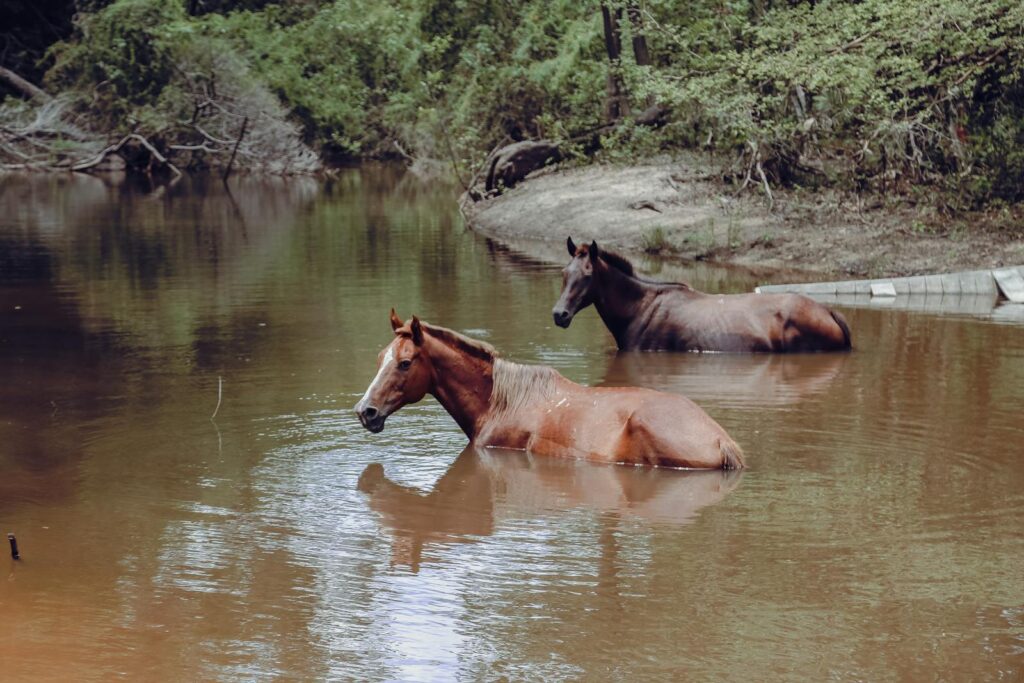
Behavioral changes often accompany dehydration, with affected horses displaying increasing levels of fatigue and lethargy as their condition progresses. Initially, a dehydrated horse may show subtle signs such as reduced interest in activities, decreased responsiveness to familiar stimuli, or unusual quietness compared to their normal demeanor. As dehydration worsens, more obvious signs emerge, including a hanging head, reluctance to move, and significant decreases in normal social interactions with other horses. These behavioral changes result from electrolyte imbalances and reduced blood volume that compromise energy production and muscle function. Horses that appear unusually tired without adequate explanation, particularly during hot weather or following exercise, should be promptly assessed for dehydration before their condition deteriorates further. Regular interaction with your horse establishes a behavioral baseline that makes these subtle changes more apparent.
Sunken Eyes and Depression

The appearance of a horse’s eyes provides important visual cues about hydration status, with dehydration often causing noticeable changes in eye position and overall expression. In a well-hydrated horse, the eyes appear bright and alert, sitting normally within their sockets. As dehydration progresses, the eyeballs begin to recede into their orbits, creating a sunken appearance as surrounding tissues lose moisture. This sunken appearance may be accompanied by reduced tear production, making the eyes appear dull or dry. Advanced dehydration often produces a characteristic depressed expression, with half-closed eyelids and a general lack of alertness or environmental awareness. These changes result from fluid loss in tissues surrounding the eye and the body’s attempt to conserve moisture by reducing tear production. The degree of sunkenness roughly correlates with dehydration severity, making eye assessment a valuable monitoring tool.
Reduced Feed Intake
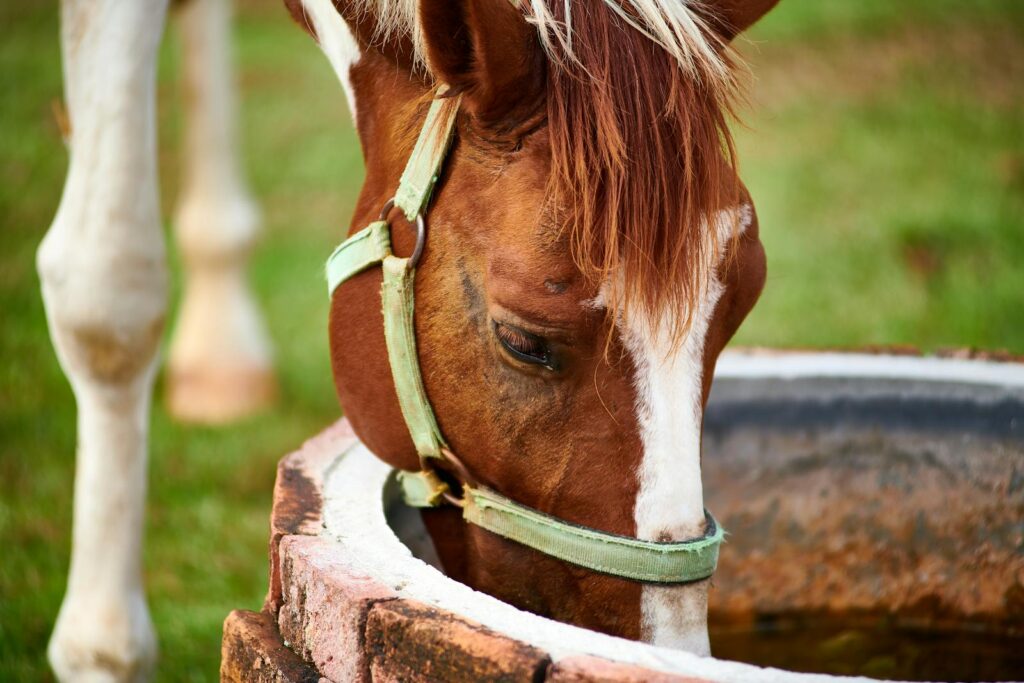
A dehydrated horse typically shows diminishing interest in feed, providing an early warning sign that observant owners can detect. This decreased appetite occurs partly because adequate saliva production requires proper hydration, making chewing and swallowing uncomfortable when fluid levels drop. Additionally, dehydration often accompanies or precedes digestive slowdowns, reducing the horse’s drive to consume more feed as the digestive tract struggles to process existing contents. The relationship between hydration and appetite creates a potential downward spiral, as reduced feed intake can lead to decreased water consumption if a significant portion of the horse’s moisture comes from fresh forage. Monitoring feed consumption patterns, especially during hot weather or transportation, helps identify early dehydration before more serious symptoms develop. Any unexplained reduction in a horse’s normal eating behavior warrants prompt investigation of hydration status and other potential health concerns.
Elevated Heart and Respiratory Rates
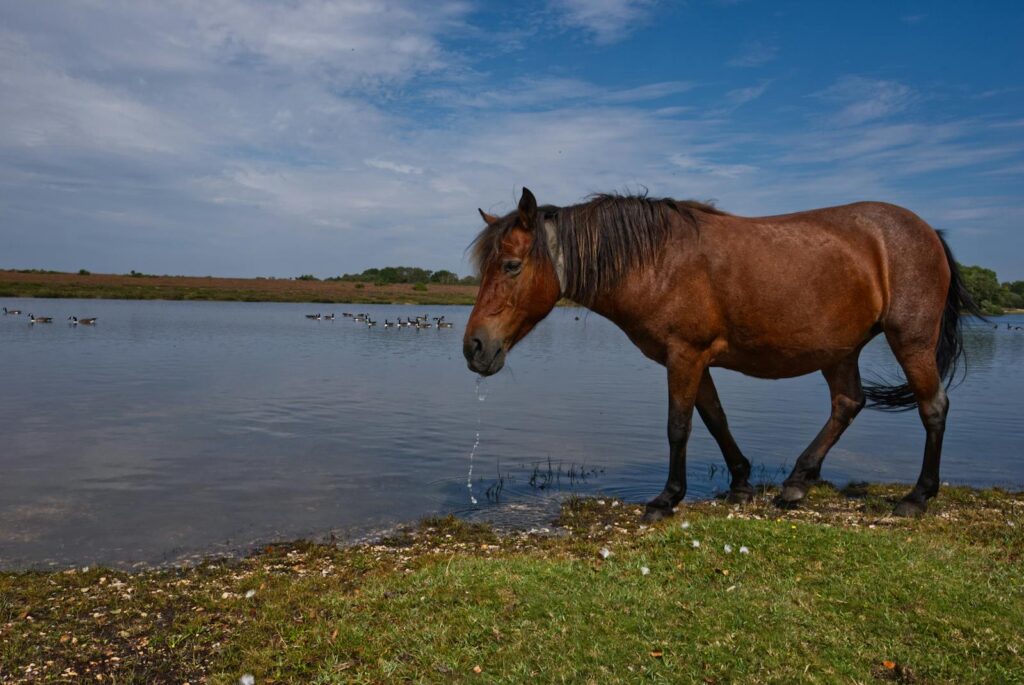
Physiological parameters such as heart and respiratory rates increase noticeably in dehydrated horses as the cardiovascular system works harder to maintain blood pressure with reduced fluid volume. A well-hydrated adult horse at rest typically maintains a heart rate between 28-44 beats per minute and a respiratory rate of 8-16 breaths per minute. Mild dehydration can elevate these values by 25%, while moderate to severe cases may show increases of 50% or more above baseline measurements. These elevations occur because the heart must pump faster to circulate the reduced blood volume effectively, while breathing rate increases to support the additional cardiovascular effort. Learning to assess your horse’s vital signs accurately provides valuable data for detecting developing dehydration, particularly when combined with other clinical signs. Monitoring these parameters becomes especially important during hot weather, competition, or when horses are transported, as these situations increase dehydration risk substantially.
Electrolyte Imbalances and Their Signs
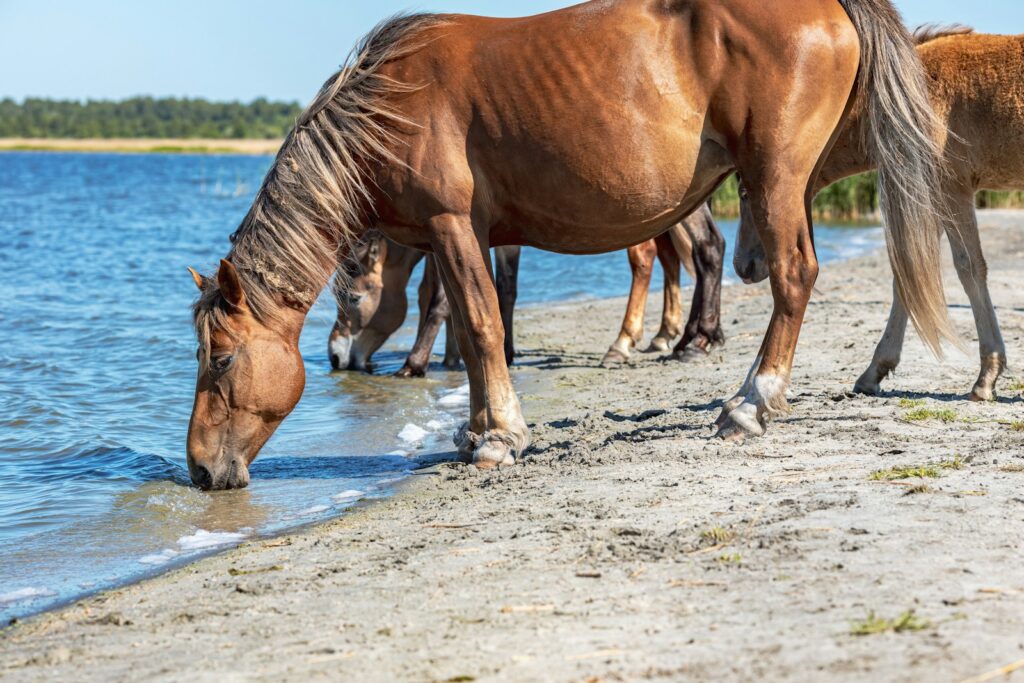
Dehydration rarely occurs in isolation, frequently developing alongside crucial electrolyte imbalances that produce distinctive symptoms. Horses losing significant body fluids through sweating also lose essential electrolytes including sodium, potassium, chloride, calcium, and magnesium, each creating specific deficiency signs. Muscle tremors, twitching, or an irregular heartbeat may indicate potassium or calcium imbalances, while reduced gut sounds often accompany multiple electrolyte disruptions. Some horses develop specific behaviors like licking or chewing objects as they instinctively seek minerals, particularly sodium. Severe electrolyte imbalances can manifest as coordination problems, muscle cramps, or even collapse in advanced cases. These electrolyte disturbances explain why simply providing water without addressing mineral losses may prove insufficient for properly rehydrating a horse, particularly following intense sweating. Recognizing these subtle signs helps guide appropriate intervention that addresses both fluid and electrolyte requirements.
Temperature Regulation Problems
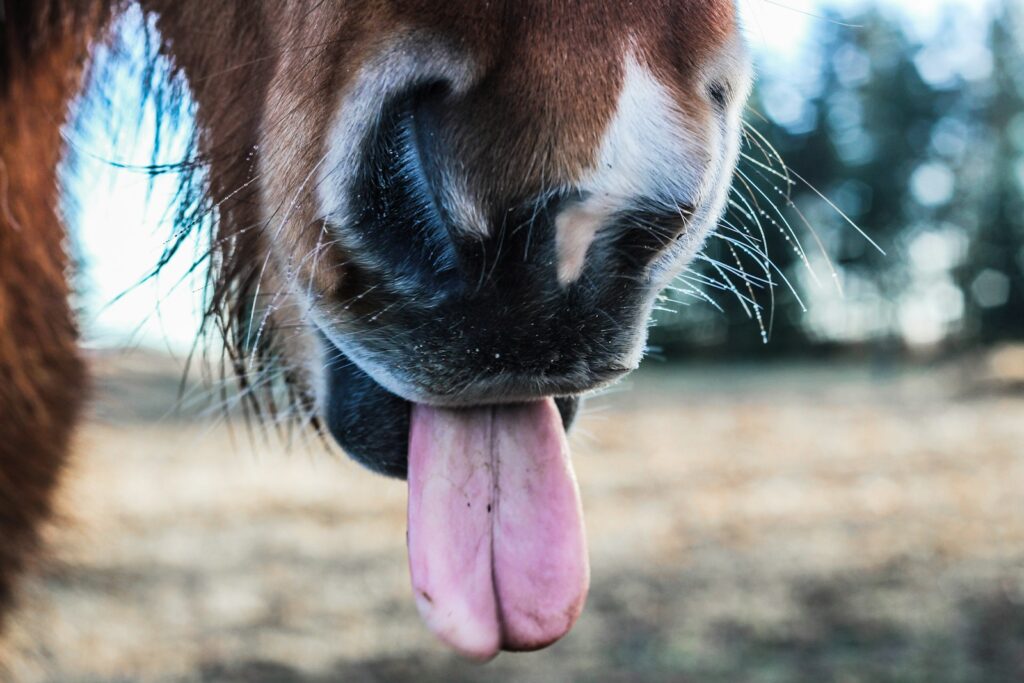
Dehydration significantly impairs a horse’s ability to regulate body temperature, creating a dangerous situation particularly during hot weather or following intense exercise. Well-hydrated horses cool themselves primarily through evaporative cooling as sweat reaches the skin surface and evaporates, carrying heat away from the body. As dehydration develops, sweat production decreases, compromising this critical cooling mechanism and allowing internal temperatures to rise dangerously. A dehydrated horse may display reduced or patchy sweating patterns, excessive heat radiating from the body, or continued elevated breathing rates long after exercise has stopped. These temperature regulation failures create a potentially dangerous cycle where rising body temperature accelerates dehydration through increased respiratory water loss, further compromising cooling abilities. Monitoring your horse for these signs becomes particularly crucial during hot, humid conditions when cooling efficiency naturally decreases even in well-hydrated animals.
When to Seek Veterinary Assistance

Understanding when dehydration requires professional intervention can prevent serious complications and potentially save your horse’s life. Mild dehydration (up to 5% body water loss) can often be addressed through providing fresh water, electrolytes, and rest in a cool environment. However, moderate dehydration (6-8% loss) requires more aggressive intervention, and veterinary consultation becomes essential if your horse shows multiple clinical signs such as prolonged skin tenting, significantly decreased urination, or elevated vital signs that don’t normalize with initial rehydration attempts. Severe dehydration (exceeding 8-10% fluid loss) constitutes a genuine medical emergency requiring immediate veterinary intervention, typically involving intravenous fluid therapy. Additional warning signs necessitating urgent veterinary care include complete refusal to drink, signs of colic, significant weakness, staggering, or collapsed posture. Remember that young foals, senior horses, and those with underlying health conditions dehydrate more rapidly and face greater risks from even mild fluid losses.
Conclusion
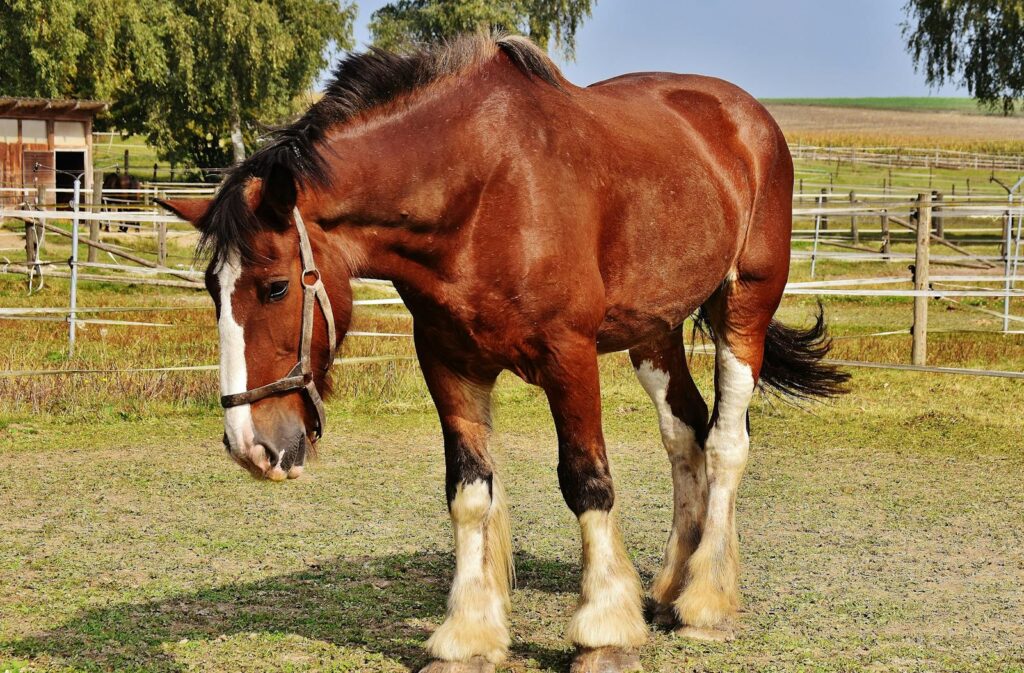
Recognizing dehydration in horses requires vigilant observation and familiarity with your animal’s normal behaviors and physical parameters. By understanding the progressive signs—from subtle changes in skin elasticity and gum appearance to more alarming symptoms like elevated heart rates and lethargy—horse owners can intervene before dehydration becomes life-threatening. Regular monitoring becomes particularly crucial during challenging conditions such as hot weather, competition, or transportation. Remember that prevention through consistent access to clean water, appropriate electrolyte supplementation, and management practices that encourage drinking remains the most effective approach to maintaining proper hydration. By incorporating these assessment techniques into your regular horse care routine, you’ll develop the confidence to recognize early warning signs and take appropriate action to keep your equine companion properly hydrated and healthy.

